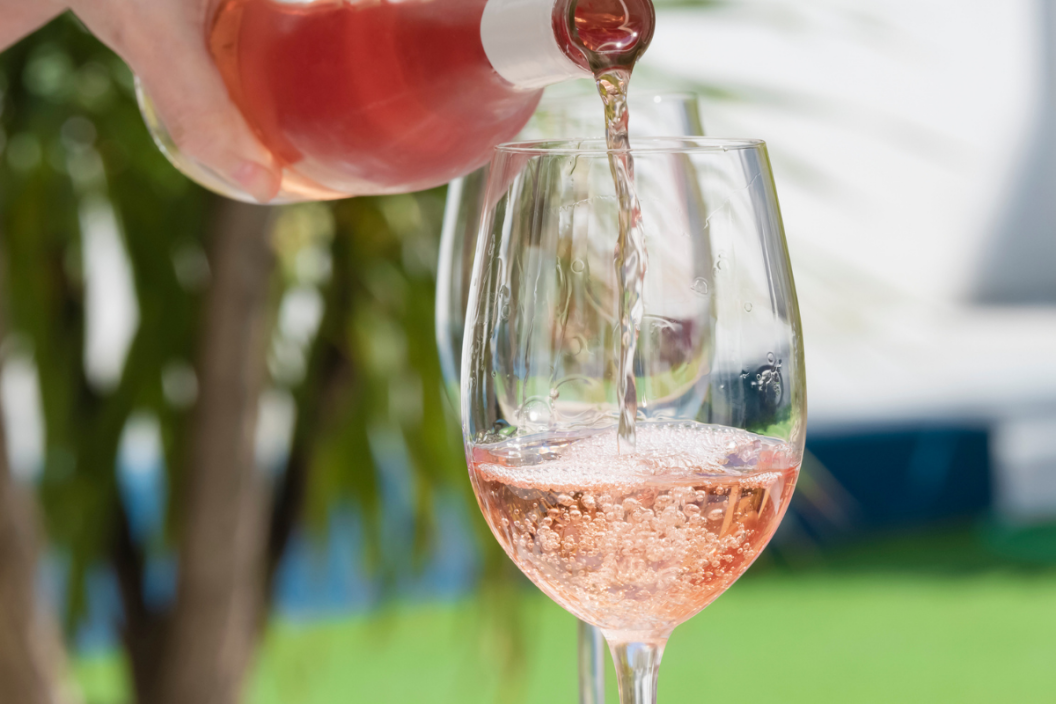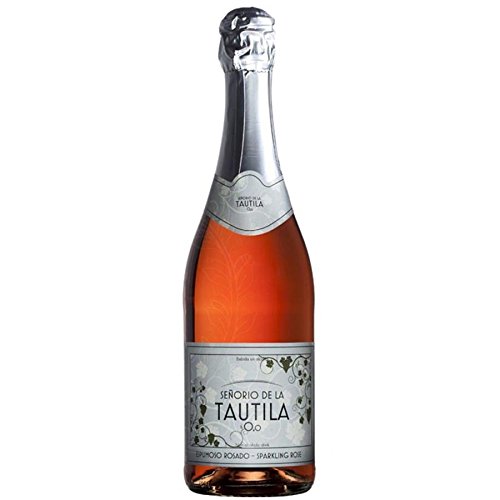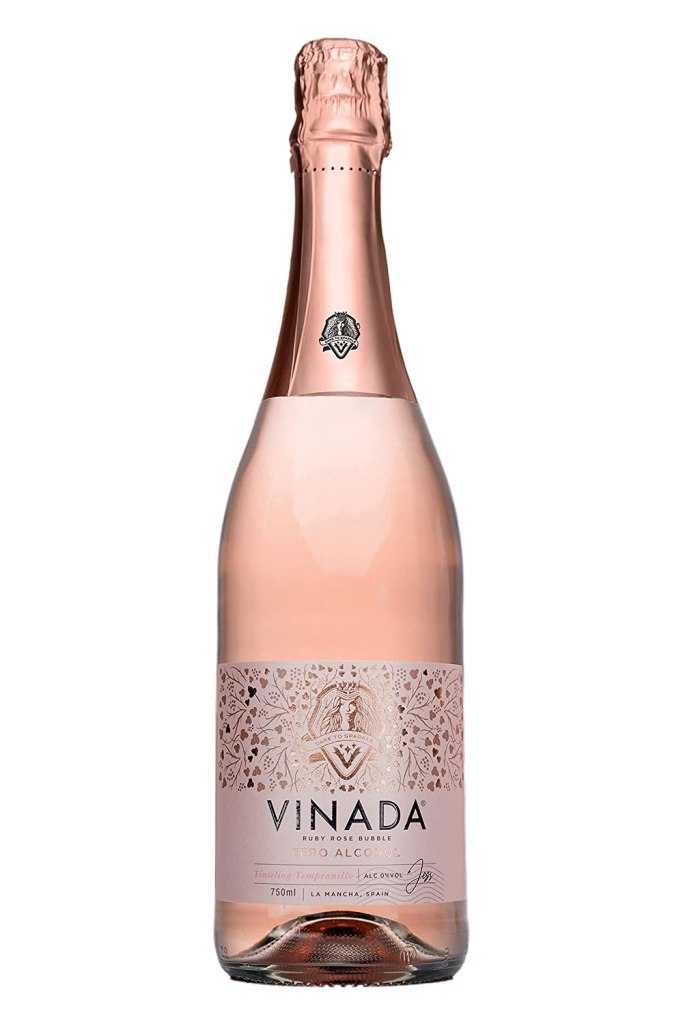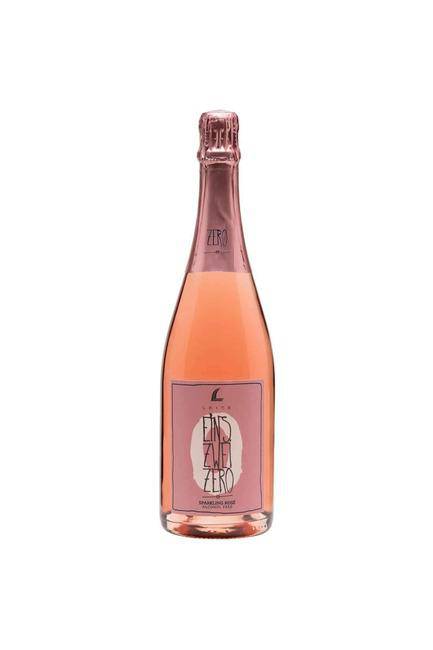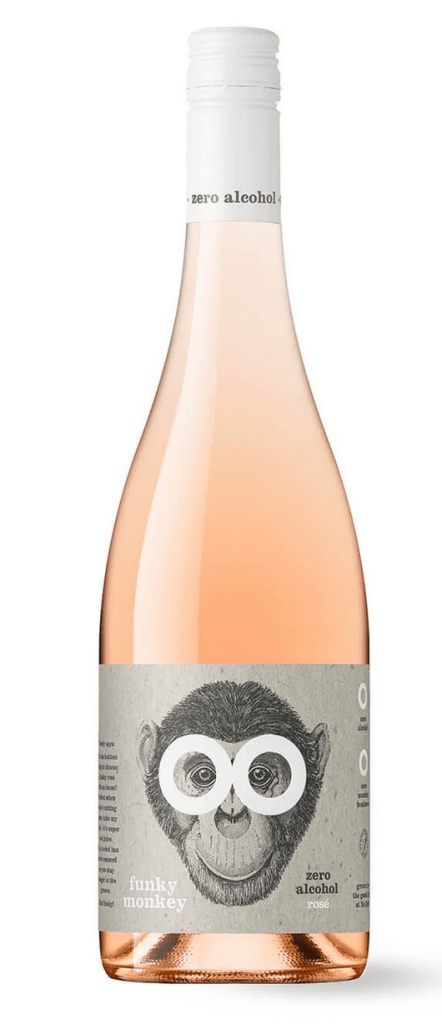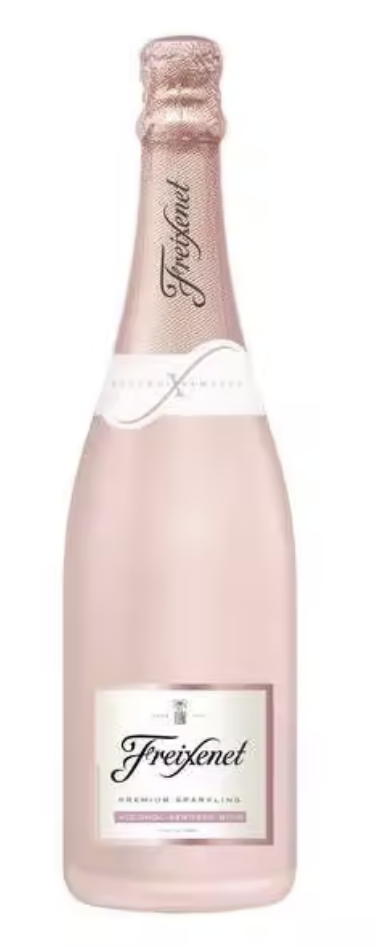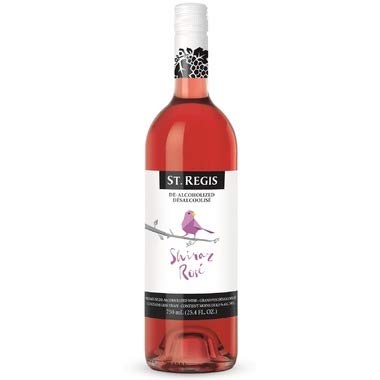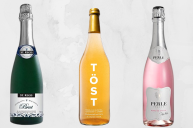Despite the news cycle of the last two years, nonalcoholic wine, especially nonalcoholic Rosé, has found its place in many wine glasses. The reasons to choose a non-alcoholic beverage at happy hour, a social situation, or even in the comfort of your own home can vary wildly. Maybe you need to be on your A-game the next morning. Or perhaps you're the designated driver for your rowdy sister-in-law and her crew on a karaoke night. You could be watching your carbohydrates or you're simply giving your body a break from alcohol.
Videos by Wide Open Country
What is Nonalcoholic Wine?
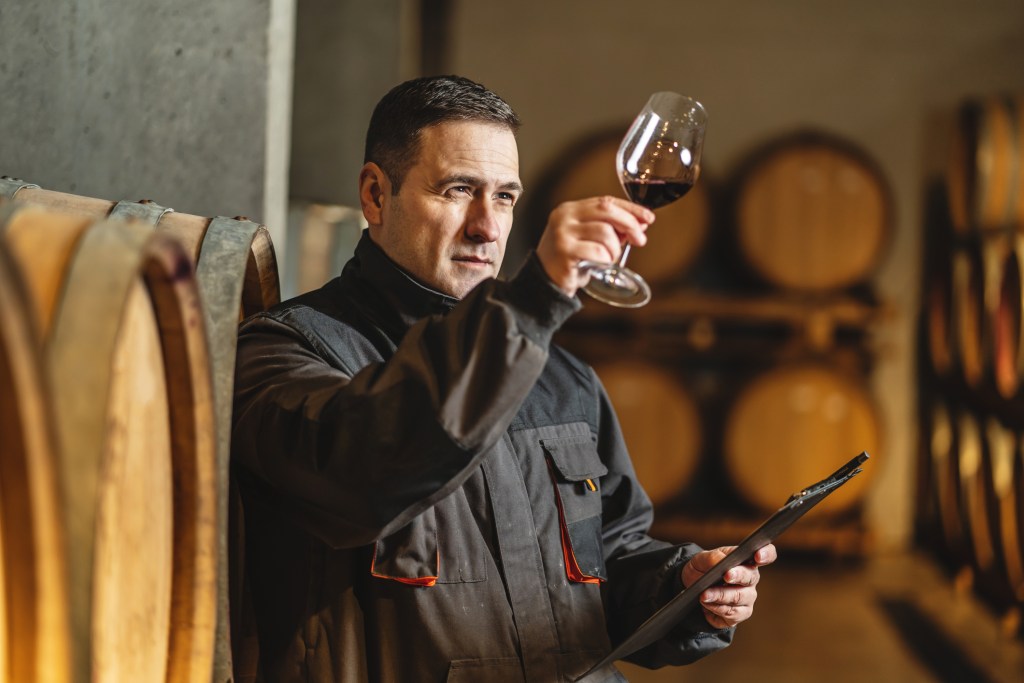
Getty Images
Dealcoholized wine starts out just like any regular wine, going through a fermentation process. But after the winemaker completes the vinification process, the wine then goes through another process to remove the alcohol. So some of the best non-alcoholic wines could've had a very different future as a buttery chardonnay, fruity merlot, or rich cabernet sauvignon.
After the juice has been dealcoholized, the winemaker assesses it again and sees what flavors it may have lost. Those flavors can be replaced by some natural flavors used by winemakers to get the flavor profile they want. Many popular red blends are tinkered with to get that unique taste.
How Do They Get the Alcohol Out?
The two main ways are vacuum distillation and reverse osmosis. The latest method is called the spinning cone method. The alcohol evaporates and the grape juice flavors and aromas are left. But since it was a full-fledged wine at the start of the process, this is truly alcohol-free wine rather than simply grape juice.
It's hard to resist the pretty pink hue of rose wine. Whether you are a wine lover that doesn't discriminate between red wine and white wine, sometimes rose is the best way to go. And when it's a non-alcoholic drink, you can really relax and enjoy flavors ranging from cranberry, citrus, lavender, grapefruit, and many more depending on the region and base grapes that were used.
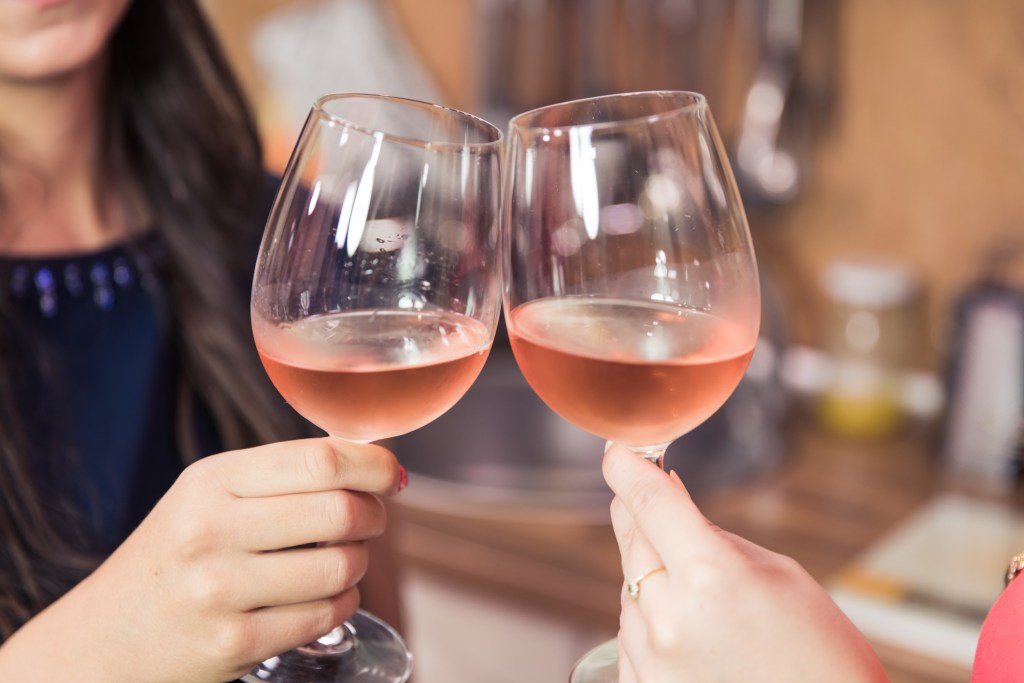
Getty Images
Most dealcoholized wines will have traces of alcohol, but generally no more than 0.5%. Read the fine print on the label that sometimes also have nutrition facts.
Nonalcoholic wine will not age in the bottle and once opened, keep the bottle in the fridge and drink within two days tops for the best flavor.
Nonalcoholic Rosé Wines to Sip and Enjoy
De La Tautila Rosé
This Spanish nonalcoholic rosé has a good weight in the mouth with flavors of strawberries and raspberries. It's got a touch of sweetness but is crisp enough to make it very balanced.
Vinida Sparkling Rosé
The Vinida sparkling rosé is a semi-sweet sparkling fruity non-alcoholic rosé with strawberry notes. Bright acidity and a tart finish make it perfect for meals. Pop the cork on this bubbly and at only 22 calories, it's a great option. This is made from the Spanish Tempranillo grape which has great body. This is a red wine drinker's rose.
Leitz Zero Alcohol Rosé
This is a German non-alcoholic rosé with fruity flavors of mixed red berries like strawberries and raspberries. This is a subtle rosé for wine-drinkers.
Funky Monkey Zero Alcohol Rosé
Flavors of watermelon and strawberries jump out of this light popular nonalcoholic rosé. Made in New Zealand using Australian Pinot Noir grapes, this wine is also pesticide-free.
Freixenet Alcohol-Removed Rosé Sparkling Wine
Citrus, tropical fruit and flavors of lemon zest are in this bubbly non-alcoholic sparkling rosé.
It's got some sweetness making this a fun choice for mimosas or mocktails as well.
St. Regis Nonalcoholic Shiraz Rosé
Shiraz is a big grape with notes of red currants, raspberries, and citrus. There's so much flavor here, you won't miss the alcohol content at all.
Products featured on Wide Open Eats are independently selected by our editors. However, when you buy something through our links, we may earn a commission.
